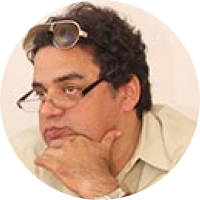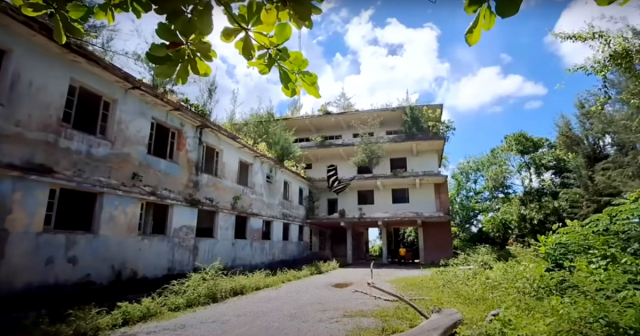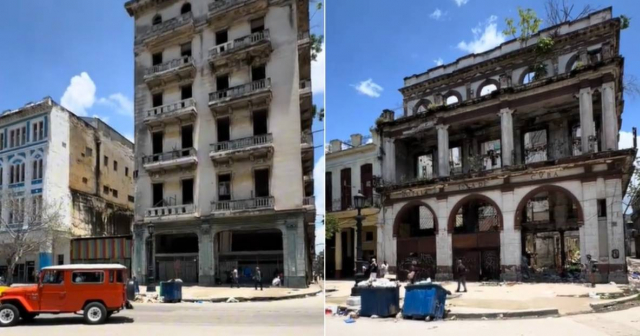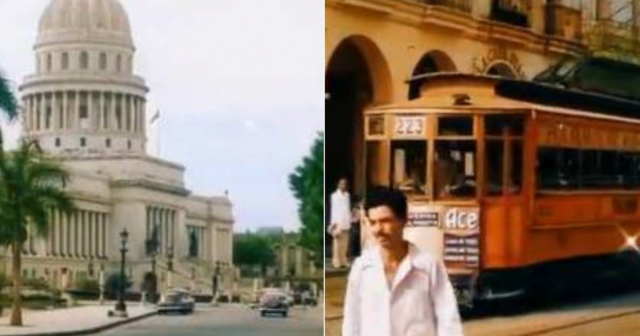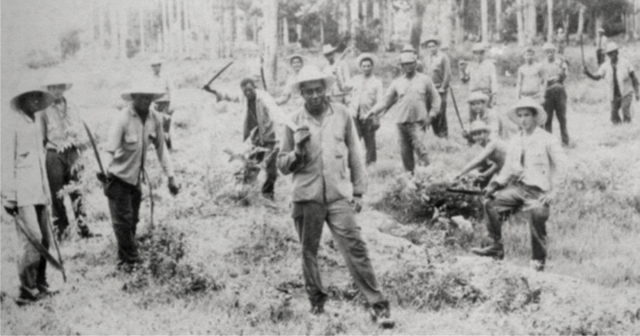
The Grito de Yara is known as the first armed uprising of Cubans against Spanish colonialism. It occurred on the morning of October 10, 1868, when the wealthy Carlos Manuel de Céspedes freed his slaves and rose up against the Spanish at the La Demajagua sugar mill, near Manzanillo.
On that October 10th, Céspedes awakened a group of patriots with these words: “The soldier on duty must not allow dawn to catch him in his bed.” In the batey of the sugar mill, the first heroes gathered, raising the flag crafted by Cambula just hours before, and Céspedes stepped forward and said: “Soldier of independence! The sun that you see rising above the Sierra Maestra comes to light up with its glory the first day of Cuba's freedom.”
In this way, Céspedes became a leader of the independence movement, in opposition to the reformist and annexationist currents that existed in 19th-century Cuba. In front of about 500 people, Céspedes read the Manifesto of October 10, in which he opposed the "bloody iron fist" that colonialism represented.
In another part of the document, it is stated that "when a people reaches the extreme of degradation and misery in which we find ourselves, no one can blame them for resorting to arms to emerge from such a state full of disgrace."
Later, the hero invites rebellion: “Citizens, until this moment you have been my slaves. From now on, you are as free as I am. Cuba needs all its children to conquer independence! Those who want to follow me, let them follow me; those who want to stay, let them stay; everyone will remain as free as the others.”
Thus, the document emphasizes the intention to achieve total independence from Spain and the gradual abolition of slavery, a goal agreed upon by several landowners conspiring for the independence of eastern Cuba, only that Céspedes got ahead of all of them and insisted that armed struggle was the only way to attain freedom and forge a new nation.
In the early morning of the 10th to the 11th, a group of 120 patriots departed from La Demajagua, of which only 36 were armed. When the Cubans entered the town of Yara and the cry of "Long live free Cuba!" was heard, the hidden enemy opened fire on the patriots. In the face of disaster and the dead, Céspedes uttered the famous phrase: "We still have twelve men left, enough to achieve the independence of Cuba!"
The Grito de Yara encouraged other uprisings that occurred in other areas of Oriente, Camagüey, and Las Villas. For the first time, whites, blacks, and mestizos, rich and poor, shared the ideal of independence that would spark a ten-year war which never achieved its initial objectives due to differences among the insurgent leaders. This would be followed by the so-called Guerra Chiquita (1879-1880) and the War of Independence (1895-1898), organized by José Martí.
What do you think?
COMMENTFiled under:

